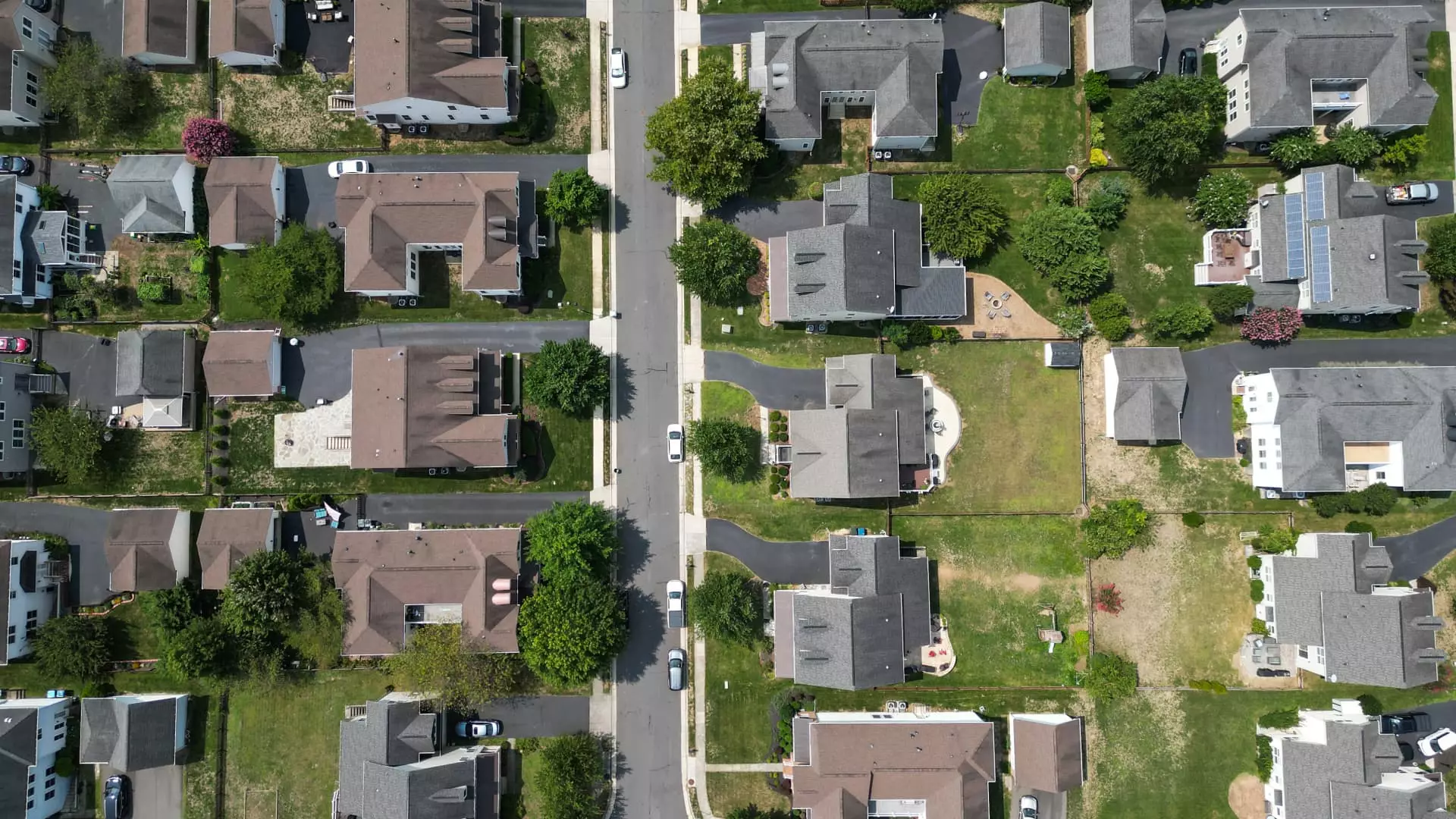Is the Housing Market Resisting Change or Sinking Into Stagnation? The Hidden Danger of Rising Rates

Despite a modest increase in mortgage applications last week, the overall sentiment within the housing market remains cautious at best, and alarmingly stagnant at worst. Mortgage rates, climbing to a four-week high at 6.84%, serve as a stark reminder that borrowing costs continue to tighten, imposing significant barriers for potential homeowners. Yet, the muted response—only a 0.8% overall application increase—exposes an uncomfortable truth: the market’s resilience is misleading. The apparent resilience isn’t rooted in genuine affordability or investor confidence, but in a fragile complacency that could fracture at any moment.
Mortgage demand for refinancing has taken a noticeable dive—down 3% in just a week—highlighting how sensitive homeowners are to short-term rate fluctuations. While applications for new home purchases have ticked up slightly, this modest 3% increase masks a deeper concern: the recent decline in the average purchase loan amount from $460,000 to $426,700 signals a shrinking market for high-value properties, and by extension, limited enthusiasm among buyers with higher income brackets. This isn’t the sign of a vibrant, expanding market but the quiet erosion of buying power, which raises questions about long-term stability.
The Illusory Bright Side: Year-Over-Year Gains and Underlying Risks
From a superficial perspective, a 22% increase in mortgage applications compared to last year looks promising. However, this statistical uplift is deceptive; it’s a reflection not of a thriving market, but of a recovery from an abnormally low base in 2024. The real story is that affordability has considerably worsened, and borrowers are increasingly wary of locking in higher interest rates. The drop in the purchase loan size is evidence of this hesitance—not a sign of growing confidence.
Given that mortgage rates remain elevated, it’s understandable why refinancing activity has declined sharply. Borrowers are discouraged by the prospect of higher monthly payments, squeezing the refinancing market—which historically provides much-needed liquidity and home equity access—into near stagnation territory. This indicates a collective hesitance that could deepen if rates stay elevated.
Market Reactions and the Future Outlook: A Question of Confidence
The market’s recent uptick at the start of the week, driven by optimism about Federal Reserve Chairman Powell’s potential tenure, might be misplaced. Bond yields and mortgage rates are still sensitive barometers of economic uncertainty. If rates remain high or continue to rise, the housing sector could be facing a protracted decline in demand that’s masked by short-term fluctuations. A cautious investor or homebuyer would do well to question whether the current stability is sustainable or merely an illusion created by external political and economic noise.
In the longer term, rising mortgage rates threaten to crystallize a bifurcated market—where affordability sharply favors existing homeowners and investors, while first-time buyers are pushed to the sidelines. As rates linger at these elevated levels, the American dream of homeownership will become increasingly elusive for the majority, entrenching inequality and thwarting economic mobility. The path forward hinges less on market optimism and more on pragmatic policy adjustments that recognize rising costs as a fundamental barrier, not a mere temporary anomaly.





